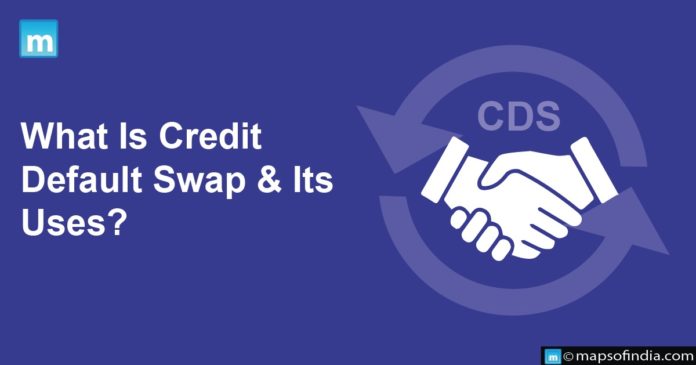A credit default swap is a financial agreement or a contract between the CDS seller and buyer. This allows an investor to swap their credit risk with another investor’s. When there is a dept default or other credit event, then the seller of the CDS will compensate the buyer in such case. A series of payments is made by the buyer to the seller. In exchange for it, the seller can expect to receive a payoff if the asset defaults.
The defaulter is called a credit event, and the company is called the referred entity. The two parties, which are known as the protection seller and protection buyer, agree with each other. If there is no credit event, then the CDS provides a source of easy money. Different CDS varieties exist, such as basket CDS, binary CDS, contingent CDS and dynamic CDS.
Credit Default Swaps have existed since the early 1990s and in their current forms since the early 2000s. No transaction reporting is required to the government agency, and they are not traded on traded basis. Although many variants exist, most Credit Default Swaps are documented using standard forms. These are drafted by the International Swaps and Derivatives Association (ISDA). Buyers swap to protect against the default of corporate debt, government bonds and sovereign debt.
Different uses of Credit Default Swaps
-
Speculation
An investor can enter into a trade under a credit default swap to profit from it and buy a CDS entity with the belief that it is too low or too high. An investor can buy it to speculate that the company is likely to default. This is because an increase in CDS spread reflects a decline in creditworthiness. With the thought that the seller’s creditworthiness can increase, a buyer might also sell his protection.
-
Arbitrage
To benefit from temporary stock prices, people buy security from one market and simultaneously sell it in another market at a relatively higher price. This practice is known as arbitrage. With an improvement in the company’s outlook, the share price should increase, and the CDS spread should tighten. But on the other hand, if the outlook fails to improve, the stock price should decline, and the spread should widen.
-
Hedging
To reduce the risk of adverse price movements, an investment called hedging is made. To manage concentration risk, a bank may also take advantage of hedging. By buying a CDS, a bank can manage the risk. Insurance funds, holders of corporate bonds, and insurance companies are other institutions that purchase CDS bonds.
There are also different options for calculating the size of payment by the seller to the buyer, as CDS is a structure for the event of a shortfall in interest or a shortfall in principles. This can be done through:
- Fixed Cap
- Variable Cap
- No cap




